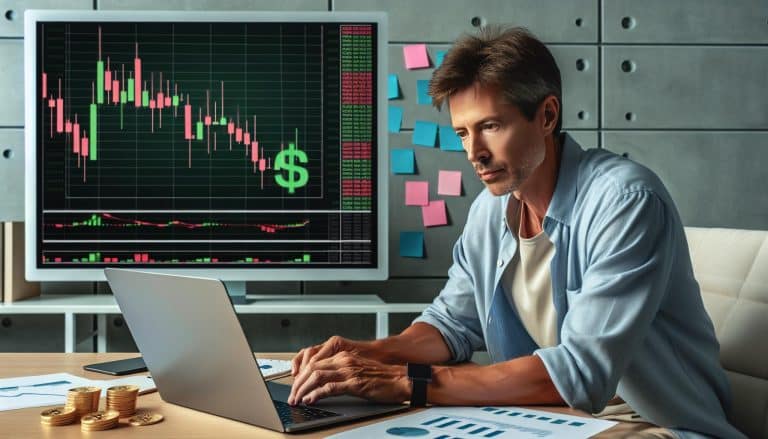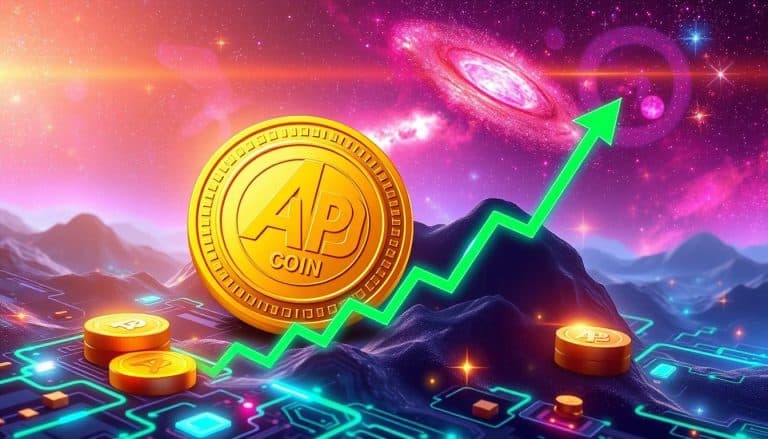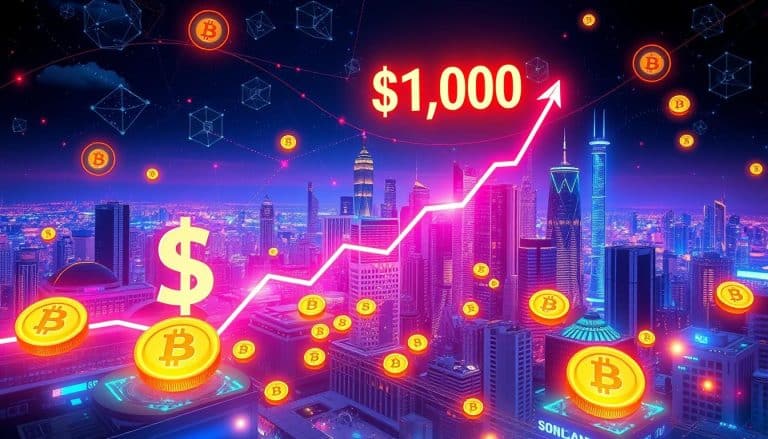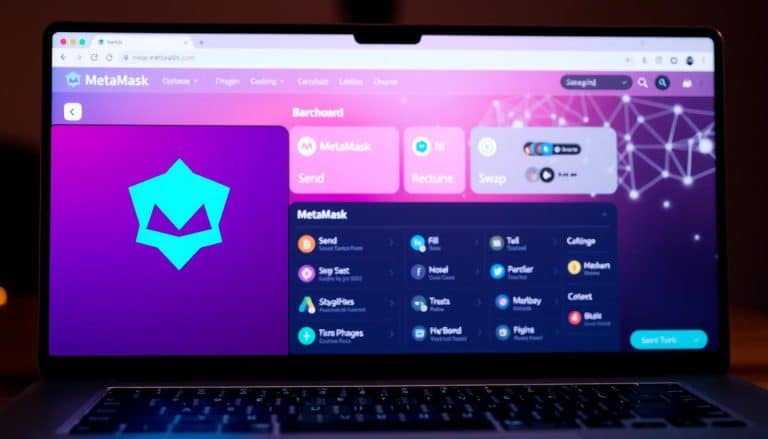Xrp Token Issuance And Supply Impact
XRP is one of the most popular digital currencies in the world today. It’s a cryptocurrency issued by Ripple, a company that provides payments solutions to banks and financial institutions. XRP tokens are used to facilitate transactions on the Ripple network, and their issuance and supply play an important role in the market. In this article, we’ll take a look at how XRP token issuance and supply works, how it impacts the market and what it means for investors interested in buying XRP tokens. We’ll also explore the relationship between XRP and Ripple, as well as any potential regulation of the coin moving forward.
Overview of XRP
You’ve probably heard of XRP, but do you know what it’s all about? XRP is a digital asset and cryptocurrency created by Ripple Labs. It is used to facilitate tokenized payments on the decentralized exchange network known as the Ripple Network. The goal of XRP is to make financial transactions faster and more efficient by eliminating third-party intermediaries, such as banks. By relying on blockchain technology, users can trust that their payments will be secure and reliable. Additionally, XRP offers low transaction fees compared to other cryptocurrencies like Bitcoin or Ethereum.
The XRP token issuance and supply process works differently than most other cryptocurrencies. Unlike Bitcoin and Ethereum, which rely on “mining” for new coins to be released into circulation, XRP’s tokens are issued directly from Ripple Labs itself. This means that 100 billion pre-mined tokens were initially created when the Ripple Network was first launched in 2012; since then, no additional tokens have been issued since this initial release. However, this does not mean that the total number of XRP tokens in circulation cannot increase; in fact, it has recently risen due to an increase in demand for the cryptocurrency. Ultimately, understanding how token issuance and supply impacts the price of any given coin is essential for those looking to invest in digital assets like XRP.
The XRP Token Issuance and Supply Process
You may be familiar with the pre-mining of XRP tokens, and how these tokens are then released over time. It is important to understand the process of distributing these tokens, which determines the supply rate and ultimately affects its value. The XRP token issuance and supply process is a complex system that needs to be studied in order to gain a deeper understanding of its implications.
Pre-mining of XRP tokens
Before the XRP tokens were released, a pre-mining of these tokens occurred. This provided the necessary liquidity to get the token economics off the ground. Pre-mining also allowed for more efficient liquidity management when it came time to release XRP onto exchanges and other trading platforms.
The pre-mining process involved determining the initial supply of XRP tokens via consensus among authorized participants in Ripple’s network. The results of this consensus are outlined in a 2 column and 5 row table below:
| Initial Supply | Issuance Method |
|---|---|
| 100 Billion | Pre-Mining (Ripple) |
| 55 Billion | Inflationary Release (distributed over ~20 years) |
| 20 Billion | Escrow Released (1 billion per month over 4 year period) |
| 10 Billion | Sale to Institutional Investors (2013/2014) |
| 15 Billion | Reserve Fund (for strategic investments & partnerships) |
This process ensures that all XRP released is tracked and accounted for, providing transparency into how much XRP is held by each participant in Ripple’s network as well as by Ripple itself. With this information, investors can make an informed decision about whether or not to invest in XRP with confidence. Now that we have discussed the pre-mining process, we can move on to discussing how XRP has been released over time.
Release of XRP tokens over time
Over the years, XRP has been steadily released, providing a consistent flow of liquidity to the market. Through its escrow mechanism, Ripple releases 1 billion XRP tokens every month in order to be used for development and institutional investments. As such, Ripple has built a strong reputation by allowing this steady supply of tokens instead of relying on pre-mining or an ICO. Furthermore, Coinbase listing provided further visibility and credibility to the token. This increased demand and usage of XRP tokens which resulted in its gradual price appreciation over time.
These efforts have led to better distribution of XRP tokens across different exchanges as well as institutional investors, making it one of the most liquid digital assets available today. Additionally, through their escrow mechanism and monthly releases Ripple ensures that there is no artificial inflation pressure on the token’s price while at the same time providing ample liquidity for use cases like remittance payments or cross-border transactions. By gradually releasing XRP tokens over time with an aim towards wider adoption, Ripple has been able to create a strong foundation for continued growth and success going forward.
Distribution of XRP tokens
Ripple’s strategic distribution of XRP tokens has enabled it to become one of the most liquid digital assets available today. Instead of relying on mining, Ripple has chosen to distribute its token through a variety of channels and carefully control its supply. One such channel is market makers, which receive incentives for keeping XRP trading volumes high. This helps buffer against volatility and ensure that investors have ample liquidity when needed. Additionally, Ripple has established partnerships with banks and other financial institutions in order to increase the use cases for XRP. These relationships help promote trust in the asset while increasing overall adoption rates. To further bolster confidence in the token, Ripple also holds large reserves of XRP escrowed over multiple years – this ensures that new tokens are released slowly while maintaining an orderly market structure. This strategic approach to distribution provides stability for investors while allowing Ripple to maintain a steady supply of XRP over time. As such, understanding how the supply of XRP tokens is determined is key to gaining insight into how it will behave in the future.
How the Supply of XRP Tokens is Determined
You’ve probably heard the saying ‘a few bad apples can spoil the bunch,’ and that’s exactly what happens with XRP tokens. The supply of XRP is determined by a complex algorithm, which ensures that only a limited amount can be issued in order to maintain the value of the token. This algorithmic process is based on three key components: token burning, ledger technology, and market pressures.
Token burning refers to when XRP tokens are permanently removed from circulation, thus reducing the total supply of tokens available. This helps prevent inflationary pressure on prices due to an influx of new tokens entering into circulation. Additionally, ledger technology is used to track and record transactions involving XRP tokens in order to ensure accuracy and transparency throughout the network. Finally, market pressures such as demand for XRP also play a role in determining how much should be issued at any given time.
These three factors work together to help keep the value of XRP stable and protect against any potentially adverse effects caused by an overabundance of newly-issued coins or tokens entering into circulation. As a result, investors can trust that their investments in this digital asset will remain secure despite fluctuations in its price over time.
Impact of XRP Token Issuance and Supply on the Market
The way XRP is issued and supplied can have a huge effect on the market, so it’s important to understand how it affects your investments. The sheer amount of XRP tokens in circulation has an impact on price volatility, making it difficult for investors to predict its value. Additionally, if there is a large amount of coins in circulation, but limited liquidity due to low trading volume, then this could lead to liquidity issues. This can be further exacerbated if people are hoarding the token instead of actively trading it. All these factors must be taken into consideration when deciding whether or not to invest in XRP tokens as they can all influence its value over time. Ultimately, understanding the relationship between XRP issuance and supply and their effects on the market is essential for successful investing.
The Relationship Between XRP and Ripple
You may be familiar with Ripple, but how does this company relate to the XRP token? The answer lies in the relationship between the two. XRP was created by Ripple to facilitate global financial transactions and reduce transaction costs for banks and other financial institutions. As such, Ripple has an influence over XRP’s utility as it is used for its services. This means that any changes in Ripple’s policies or strategies can have a direct impact on the value of XRP tokens.
The relationship between Ripple and XRP is further complicated by the fact that Ripple owns a large portion of all existing XRP tokens, giving them considerable control over its supply and circulation. Although this allows them to manage the price of their token more easily, it also makes it difficult for other investors to gain access to significant amounts of XRP without going through Ripple’s own channels. Ultimately, these factors affect both the liquidity and regulation of XRP, making it critical for investors to understand how they are connected before investing in either one.
Regulation of XRP
With the complicated relationship between Ripple and XRP, it’s no surprise that regulation of the token is an absolute nightmare! It can be difficult to keep up with the ever-changing landscape of laws and regulations surrounding XRP. From token scarcity to government regulation, there are a few key points that any investor should consider before investing in this cryptocurrency.
First, token scarcity is something investors should take into account when considering the purchase of XRP. The supply of XRP tokens is limited and controlled by Ripple Labs Inc., meaning that its value could be subject to significant fluctuations due to this limited availability. Secondly, government regulation has become increasingly important for any cryptocurrency investment. Since different countries have different regulations regarding cryptocurrencies, it’s important for investors to research their own jurisdiction before making any investments in XRP. Finally, understanding how Ripple might affect the price of XRP is also essential for any investor looking into this digital asset. Ripple has a vested interest in maintaining the value of its native currency, so investors should pay attention to what they do with regards to issuing more tokens or influencing market prices through trading activities.
Overall, understanding all aspects related to regulating and trading XRP requires careful consideration from an investor before taking on such a risky venture. As with other digital assets, there are risks associated with investing in XRP which must be taken into account before deciding whether or not it’s a right fit for your portfolio. With these things taken into consideration, we can now move onto discussing ‘The Future of XRP.
The Future of XRP
Investing in XRP can be a risky venture, but its potential rewards make it an attractive option for those looking to invest in the cryptocurrency market. XRP is known to have one of the most efficient transaction processes in the crypto world, making it suitable for fast and secure payments. Furthermore, its smart contracts are capable of processing transactions almost instantaneously, while its liquidity pools facilitate quick transferability between different currencies. These two features together make XRP a valuable asset for investors looking to build long-term portfolios and maximize their returns.
The future of XRP looks promising as Ripple continues to expand into different markets around the world and increase its token supply. As more companies begin using Ripple’s technology and accepting XRP tokens as payment, the demand for this cryptocurrency will likely continue to rise. Additionally, new applications such as decentralized finance (DeFi) projects are expected to utilize XRP’s token issuance and supply capabilities going forward, further driving up investor interest in this digital asset. All things considered, investing in XRP could prove to be a wise decision for those seeking high returns from their cryptocurrency investments.
Investing in XRP
Investing in XRP can be a great way to diversify your portfolio and potentially benefit from its token issuance and supply. However, it’s important to understand the strategies that go into investing in XRP, as well as the risks associated with it. It’s also key to remember that no investment is ever guaranteed, so making sure you spread your investments across multiple assets is always a good idea.
Strategies for investing in XRP
Gaining insight into XRP’s token issuance and supply impact can help you make wise decisions when it comes to investing in the cryptocurrency. To invest in XRP, one must first understand the basics of how the token is issued and its effect on price predictions. It is important to note that XRP is an open source technology, which means anyone with a computer can access it. This makes it easier for investors to buy in because they do not need special permission or qualifications from any organization or government body.
| When it comes to strategies for investing in XRP, there are several options available. One approach may be buying large amounts of coins at once and holding them long-term as part of a portfolio diversification strategy. Alternatively, investors may decide to buy small amounts regularly over time as part of a dollar-cost averaging strategy. Both approaches have their advantages and disadvantages depending on market conditions and risk tolerance levels. | Advantages | Disadvantages |
|---|---|---|
| Diversification | Volatility Risk | |
| Less Impact of Market Fluctuations | Higher Cost Per Investment | |
| Lower Cost Per Investment | Longer Timeframe for Return On Investment(ROI) |
Investing in XRP requires careful consideration, but if done correctly can offer significant returns over time. With this understanding of strategies for investing in XRP, one should now consider the risks associated with such investments before making any decisions.
Risks of investing in XRP
Now that you know the potential strategies for investing in XRP, it’s important to be aware of the risks associated with this cryptocurrency. Investing in any asset carries some risk, and XRP is no exception. One of the primary risks of investing in XRP is its volatility. This means that the price of XRP can fluctuate drastically over a short period of time due to market forces or news events. Additionally, there are also liquidity risks associated with XRP as it may not be widely available on many exchanges and when trading volumes are low, it can be difficult to buy or sell large amounts without impacting the market price significantly.
To mitigate these risks, diversifying your portfolio by allocating only a small portion towards XRP can help minimize potential losses if its value drops suddenly.
Diversifying your portfolio with XRP
Diversifying your portfolio with XRP can help you spread out the risk and potentially increase your gains. Ripple technology has enabled the development of a digital asset that is truly global, providing investors with access to liquidity across multiple markets. XRP offers enhanced flexibility when it comes to managing investments since both the cost and speed of transactions are significantly lower than those of other cryptocurrencies. Moreover, its low-volatility environment makes XRP an attractive option for long-term investors who want to diversify their portfolios with a stable asset.
In addition to its low volatility, XRP also provides traders with an advantage when it comes to trading fees. Unlike some other cryptocurrency networks which charge high transaction fees, XRP requires only minimal fees per transaction in order to process payments quickly and securely. This makes it an ideal choice for those looking to reduce their trading costs while still enjoying fast and reliable trades on the open market. With its diverse range of benefits, investing in XRP is a great way for traders and investors alike to diversify their portfolio while lowering their risk exposure at the same time.
Frequently Asked Questions
What is the difference between XRP and Ripple?
You may have heard of the Ripple ecosystem and XRP token. XRP is a digital asset used for payments within the Ripple network, while Ripple provides a global payment infrastructure that uses blockchain technology to facilitate international transactions between banks quickly and cost-effectively. For example, in 2017 Banco Santander used the Ripple platform to launch its One Pay FX mobile app for international payments. This highlights how XRP plays an essential role in facilitating efficient payments within the Ripple ecosystem.
What are the benefits of investing in XRP?
You could benefit from investing in XRP by taking advantage of its price forecasts and developing trading strategies. It has potential to deliver good returns with the right approach.
Are there any risks associated with investing in XRP?
You may be tempted to invest in XRP, but remember that there are risks such as price volatility and liquidity risk. So think carefully before you take the plunge – it’s not all sunshine and roses!
Are there any regulations that apply to XRP?
You may be wondering if there are any regulations that apply to XRP. The answer is yes; there is a regulatory framework in place which affects token demand.
What is the future outlook for XRP?
The future outlook for XRP is like a bright sunrise, with RippleNet and liquidity pooling providing the fuel to drive its growth. From a user’s point of view, XRP can offer quick and secure payments with near-instant settlement times. It has already begun to revolutionize global finances, and there’s no sign of it slowing down anytime soon.






 Bitcoin
Bitcoin  Ethereum
Ethereum  Tether
Tether  XRP
XRP  USDC
USDC  TRON
TRON  Lido Staked Ether
Lido Staked Ether  Dogecoin
Dogecoin  Figure Heloc
Figure Heloc  Cardano
Cardano  WhiteBIT Coin
WhiteBIT Coin  Bitcoin Cash
Bitcoin Cash  Wrapped stETH
Wrapped stETH  Wrapped Bitcoin
Wrapped Bitcoin  USDS
USDS  Wrapped eETH
Wrapped eETH  Binance Bridged USDT (BNB Smart Chain)
Binance Bridged USDT (BNB Smart Chain)  Chainlink
Chainlink  LEO Token
LEO Token  Zcash
Zcash  Monero
Monero  WETH
WETH  Stellar
Stellar  Coinbase Wrapped BTC
Coinbase Wrapped BTC  Ethena USDe
Ethena USDe  Hyperliquid
Hyperliquid  Litecoin
Litecoin  Canton
Canton  Avalanche
Avalanche  Sui
Sui  Hedera
Hedera  USDT0
USDT0  Dai
Dai  sUSDS
sUSDS  Shiba Inu
Shiba Inu  Toncoin
Toncoin  World Liberty Financial
World Liberty Financial  Uniswap
Uniswap  PayPal USD
PayPal USD  Cronos
Cronos  Ethena Staked USDe
Ethena Staked USDe  USD1
USD1  Mantle
Mantle  Polkadot
Polkadot  Rain
Rain  MemeCore
MemeCore  Bitget Token
Bitget Token  OKB
OKB